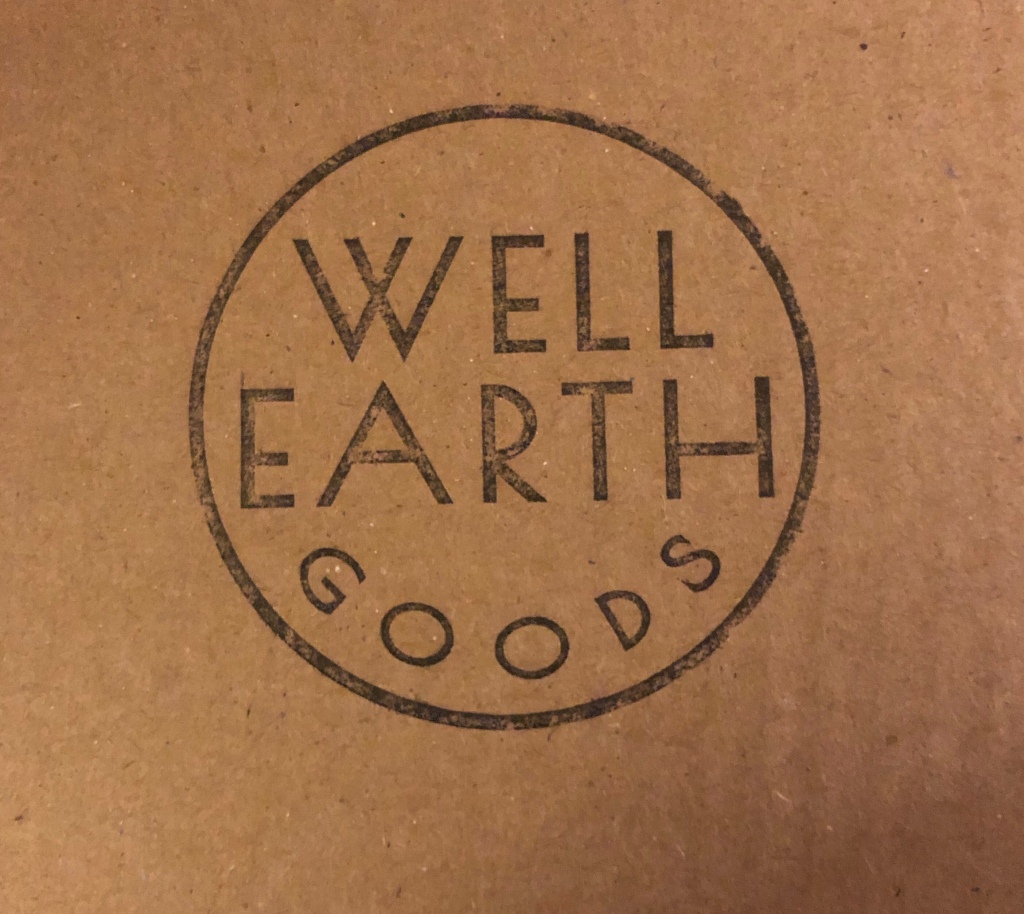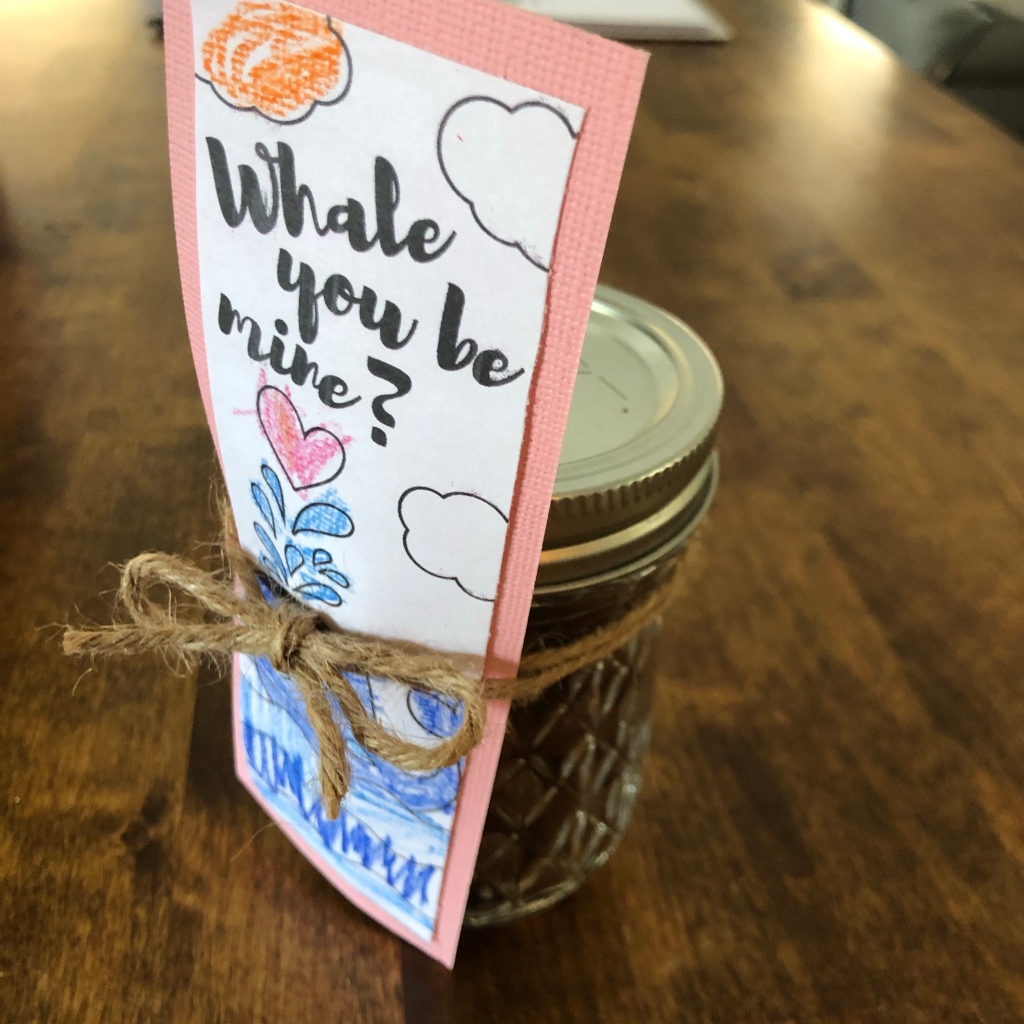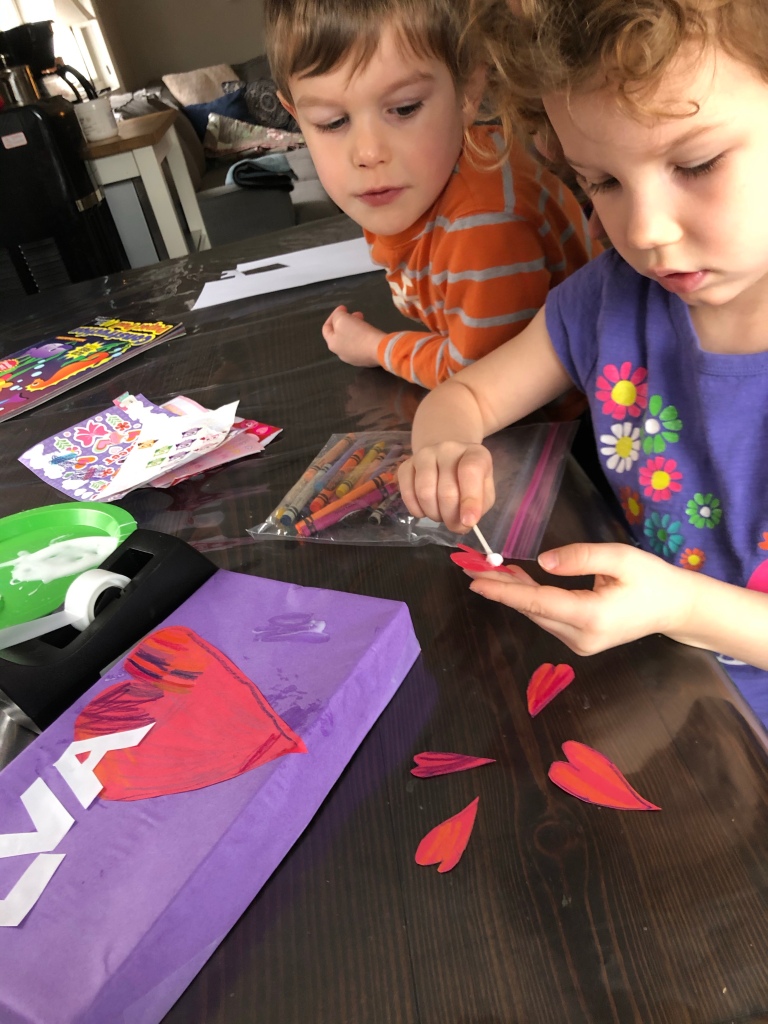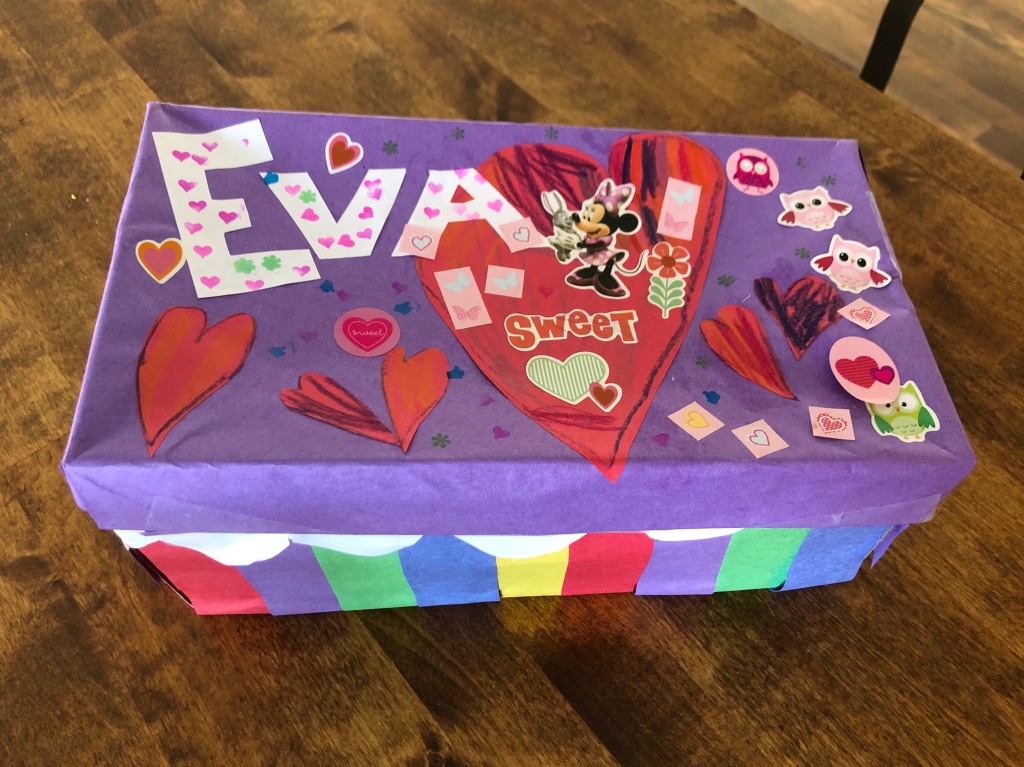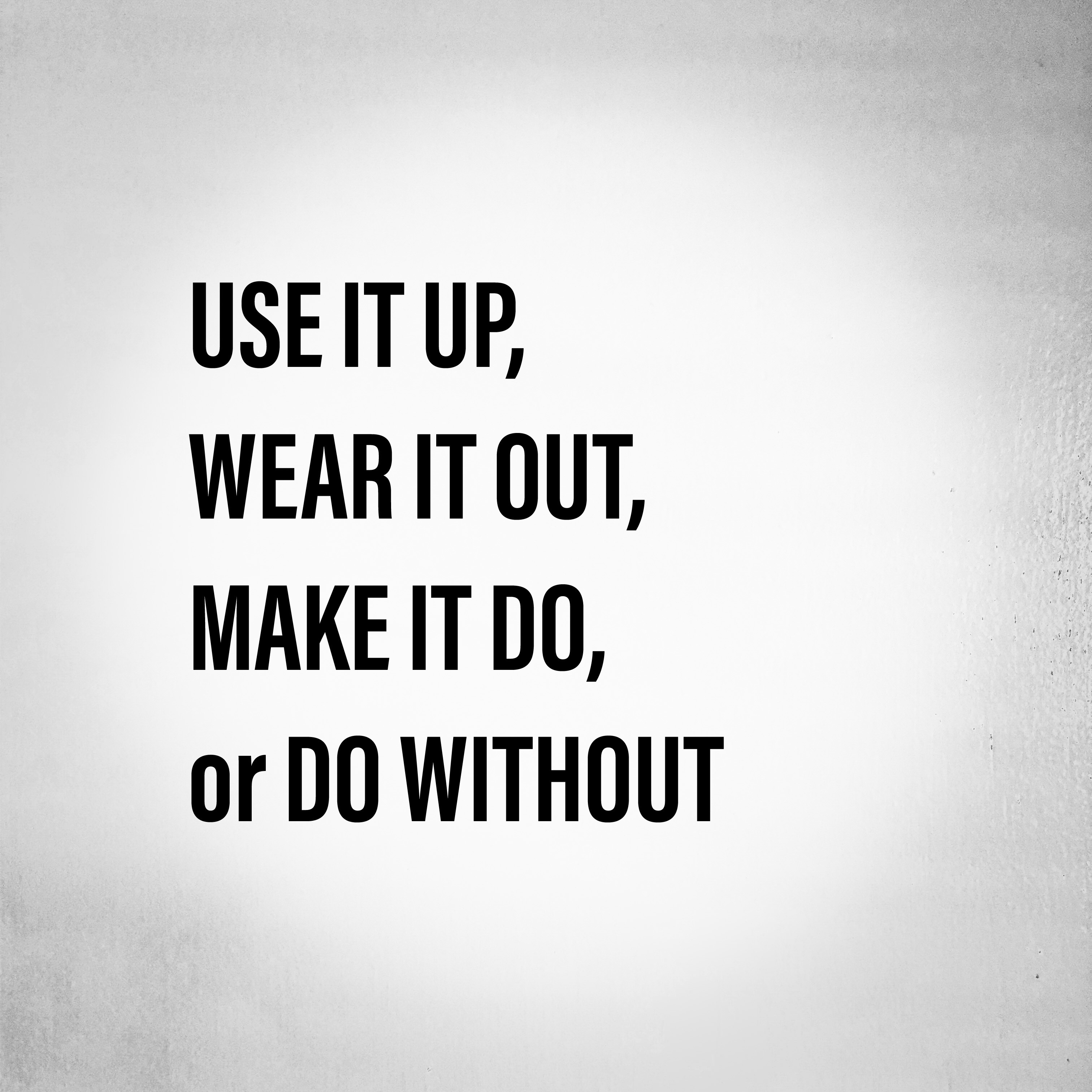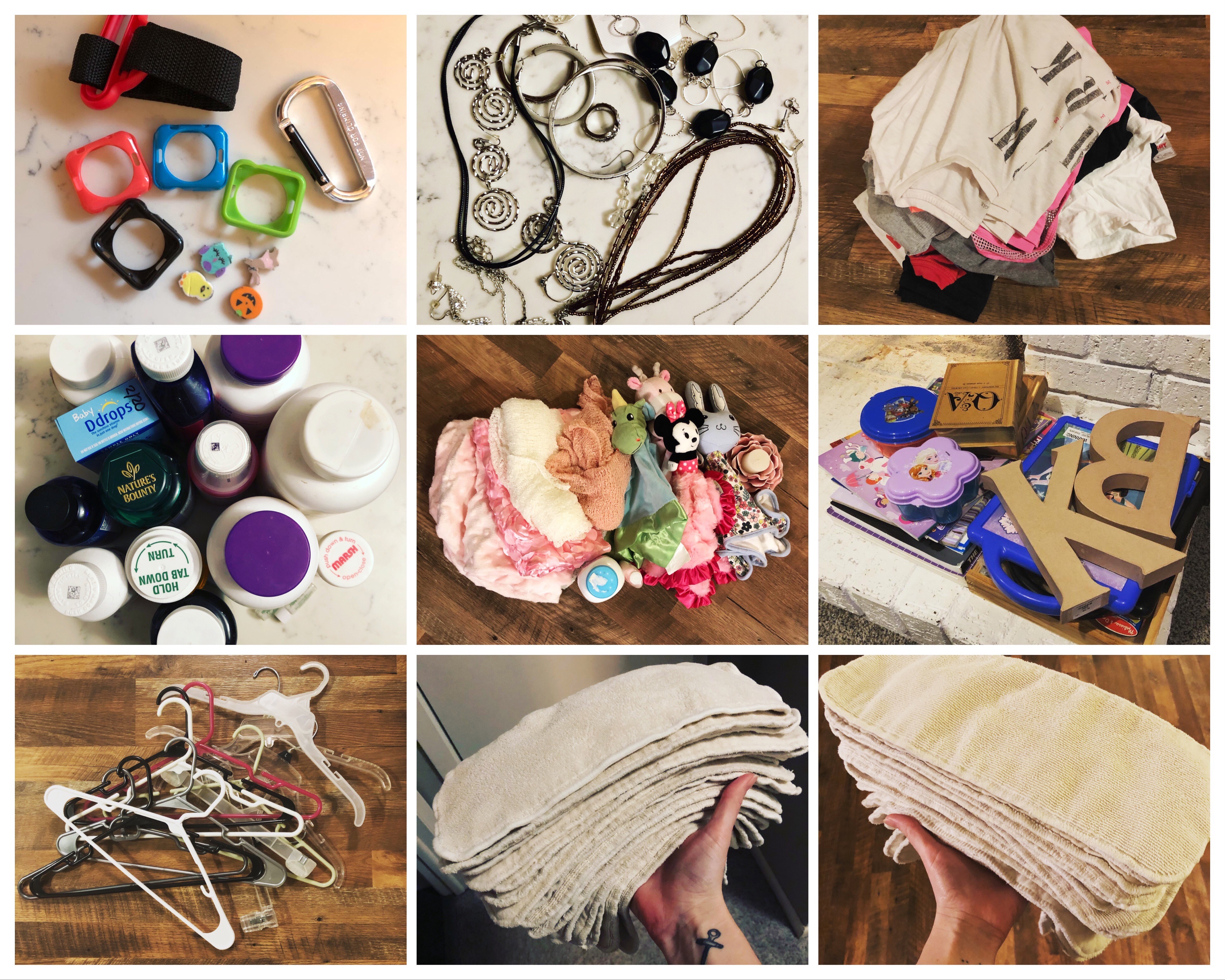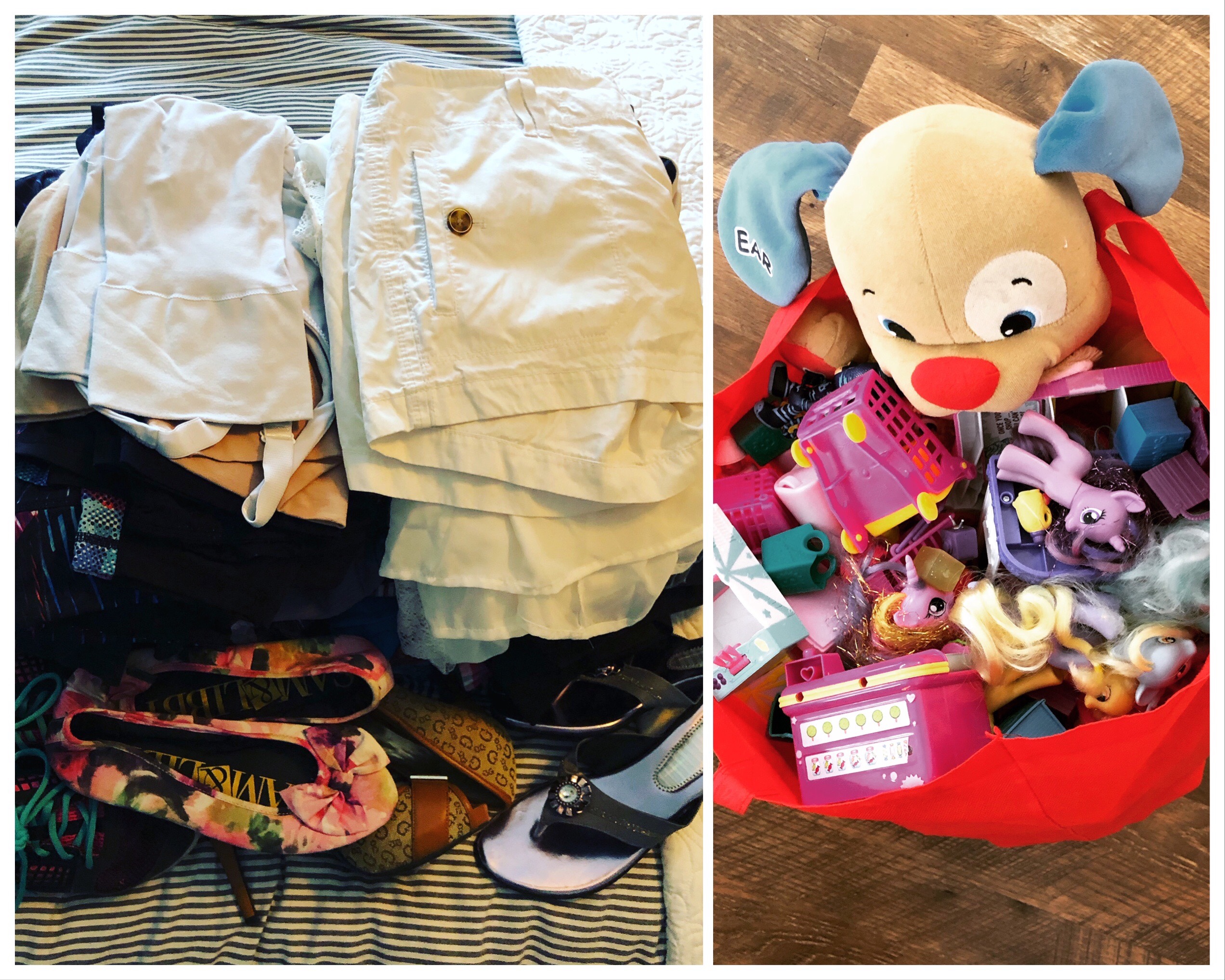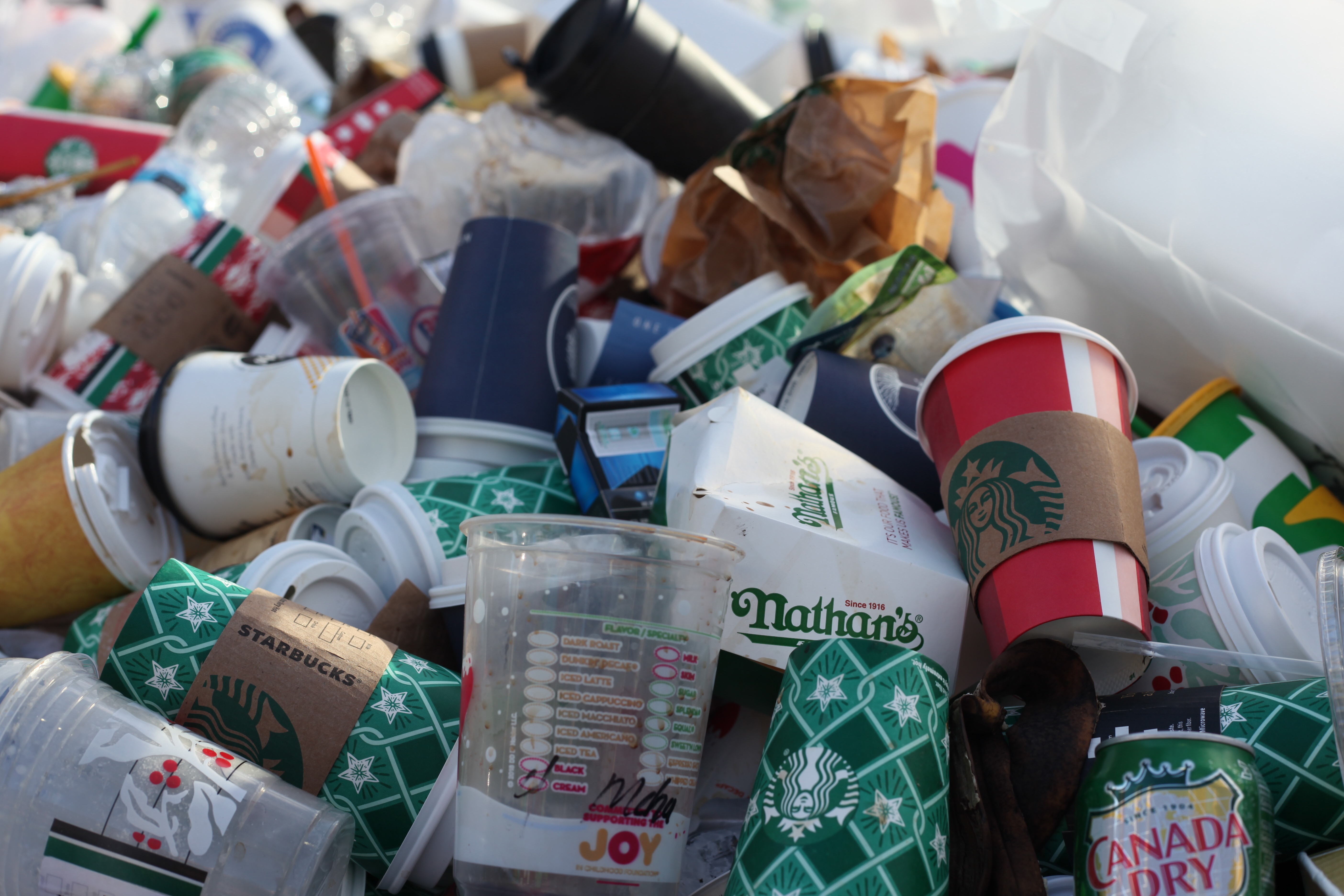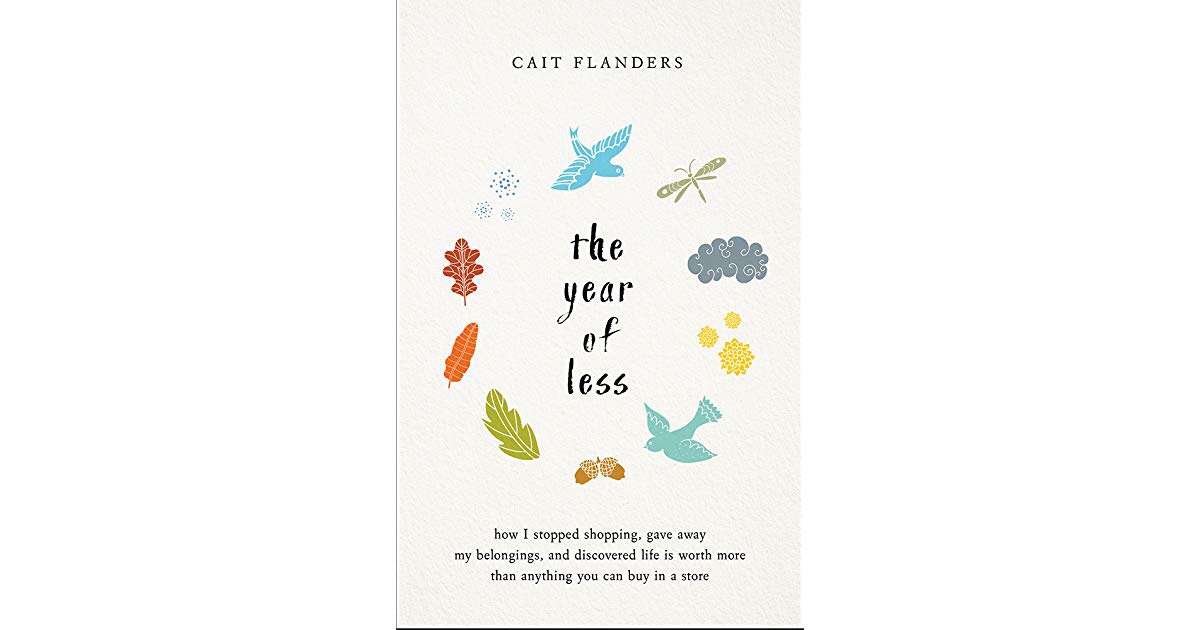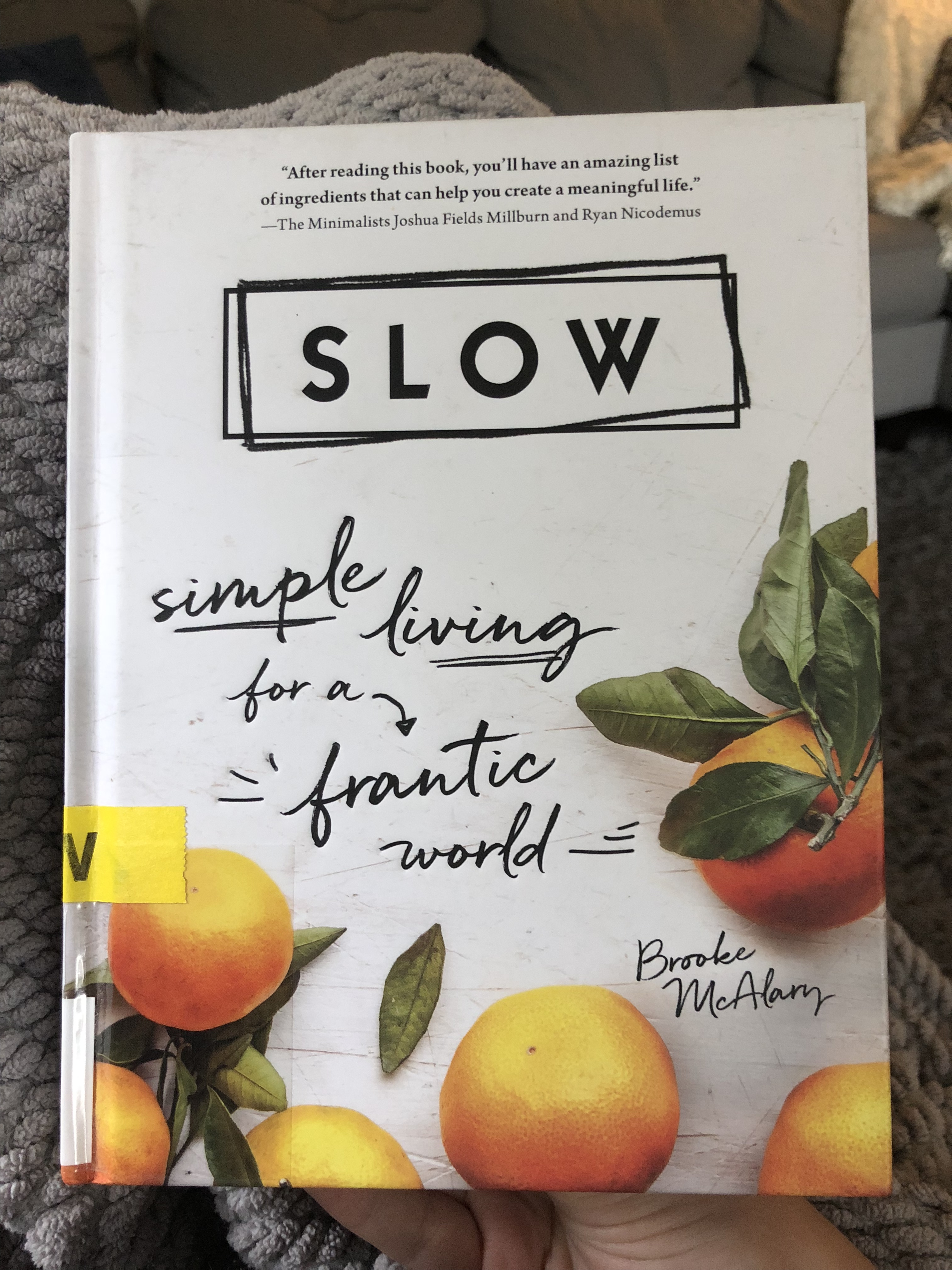
Well, guys, I finally did it!
Five years into my zero waste journey and I FINALLY got a safety razor! It was a birthday present from my partner who knew how badly I wanted one, but also knew I have an extreme aversion to buying things for myself. And besides that, we still had a supply of disposable razors and I like to use up what we already have before buying something new. [Side note: I discovered that our local compassion center accepts donated disposable razors, even open packages!]
👍👍👍
What is a Safety Razor?
If you’ve been around the zero waste community for long, you’ve probably seen these sleek, exotic beauties floating around Instagram. If you’ve never seen one before, let me be the first to show you.

😍
First of all, let’s just admire how pretty this razor is…especially compared to the plastic disposable kind.
Of course, beauty alone is not a reason to buy a razor. The safety razor is environmentally friendly and zero waste because it is made of metal and has replaceable blades.
It may seem like something new and fancy, but actually safety razors are old [like 200 years old] and made their first appearance as a “safer” alternative [hence the name] to the then-popular, now a horror movie murder-weapon, the straight razor.
As with many other parts of society, we are slowly realizing that the old-fashioned way of doing things may actually have been better. There are some things that convenience and disposability simply cannot trump – like the health of our water and land and the human species.
My Experience

I love this razor. After three months of using it, I don’t have a single complaint.
I do, however, have to make sure to soap really well, because safety razors don’t have those gel strips…do you know what I’m talking about?

The razor is two-sided, so I switch the blades when I notice that neither side is shaving very smoothly. I started using mine in June and just switched the blade this week. But I don’t shave as frequently as some people, so I’m not making any promises or anything. I typically shave my armpits every three days and my legs about once a week [or less]. I’ve read that a blade is good for 7 shaves, but I definitely use them for longer than that.
Brett also gave me this set of 100 replacement blades. So, at my current rate of usage, I won’t need more blades for…roughly 25 years! [Wait, can that be right???]

The old blades go into this razor blade safe which can then be recycled when it’s full. [Check your local jurisdiction for recycling guidelines.]

But honestly, this safe says it holds 300 blades, so that means it will take me 75 years to fill it up!!! [Ok, I’m going to have Brett check my math on this. That just seems crazy!] But I’m totally planning on living another 75 years, so I may get to recycle this someday.
Doesn’t hurt to be optimistic. 🤷♀️
So let’s review:
Pros:
- Eco-friendly materials
- Recyclable blades
- Never needs to be replaced – just replace the blades
- Easy, close shave that is still “safe”
- Maintains beautiful aesthetic of a zero waste bathroom
Cons:
- Initial price. Of course, this was a gift, but according to Amazon, you can buy a safety razor with a stand, a razor blade safe and 100 replacement blades for under $40. Now if that lasts you 25 years like it might last me, then it will actually save you money in the long run. But, anyway, can you really put a price on saving the planet???
Overall, my experience has been great and I highly recommend switching to this eco-friendly shaving alternative as soon as you can. And you can donate any unused disposable razors you may have to a local shelter that can give them away.
Win-win!
And while you’re at it, why not go the full mile and swap the shaving cream for a bar of soap? In our bathroom we use bar shampoo, bar conditioner, and bar soap – all of which work great and create no plastic waste.
Happy shaving!
🪒 🪒 🪒
Karis










